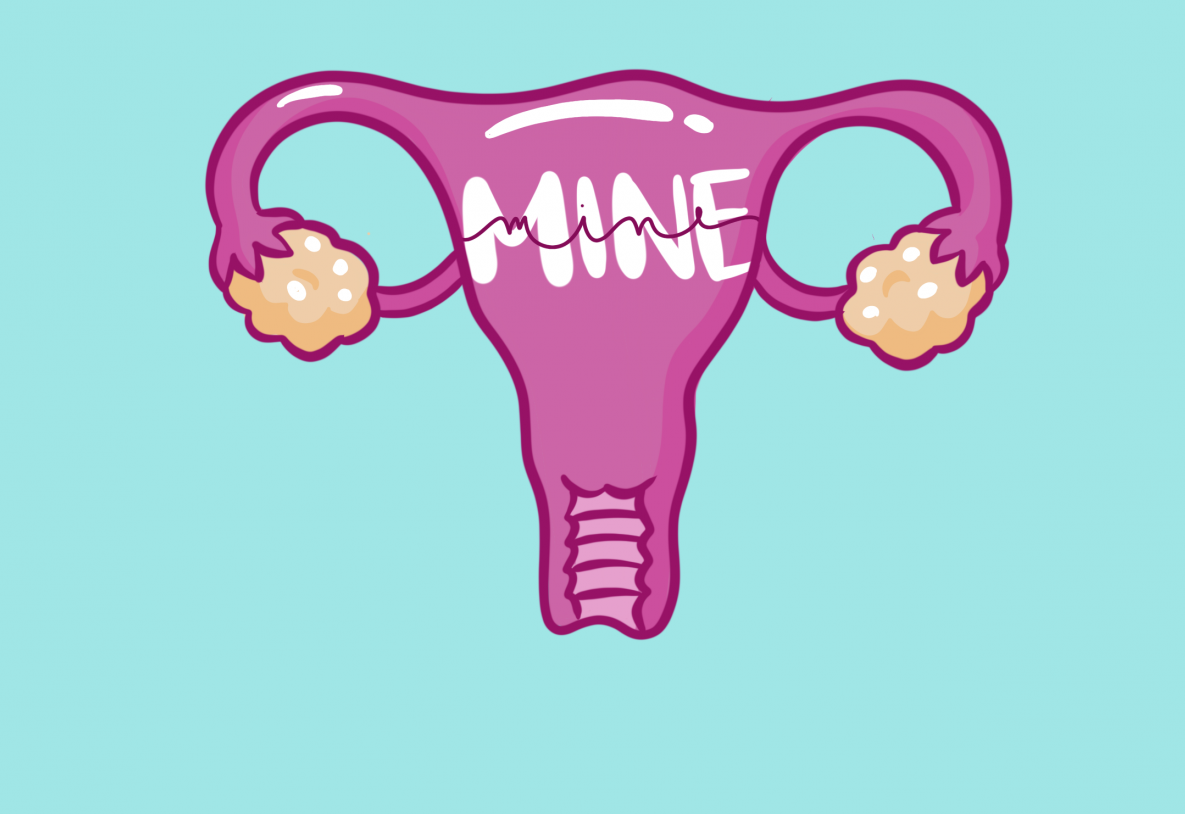Va-MINE-a
Examining how sex education curriculum neglects to discuss female masturbation
December 16, 2020
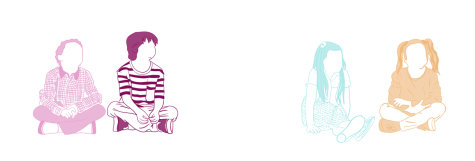
We called it Honey Glazed Donuts.
As ten-year-olds, the thought of saying “Human Growth and Development,” or even HG&D, seemed out of place.
We huddled in clumps and sat on the ground — boys and girls not instructed to separate, but somehow ending up that way — staring up at the projector and stifling giggles when detailed anatomical diagrams of penises and vaginas appeared in front of us.
We remember labelling those penises and vaginas by ourselves, awkwardly asking each other for help with spelling body parts that, up until now, seemed foreign. We remember the hushed conversations about periods, some feeling relieved that bleeding every month didn’t make them a weird anomaly, others dreading the thought of eventually being subject to pads and tampons and blood and cramping.
We don’t remember, however, the lesson taught to girls about masturbation — because, well, it didn’t exist.
We remember boys being taken to a separate room one day while we talked more about dealing with periods and breasts and hair under our armpits. Having periods, breasts and hair under our armpits were perfectly normal, our teachers reassured the girls, and so was shaving and getting new bras and asking other girls for pads. And while we learned that our bodies were allowed to be hairy and bloody, painful and beautiful, the boys learned about something else in another room.
In the days that followed, the word “masturbation” floated around, as boys snickered under their breath, in on what seemed like a private joke that only they could share. But the girls ignored it — our teachers didn’t tell us about it, so surely it didn’t have anything to do with us, right? Our teachers didn’t tell us about it, so “masturbation” surely wasn’t for girls, right?
We were painfully aware of the biological workings behind our periods. We knew an egg is released every month, and that our uterine lining forms to protect said egg. We knew about ovulation and why having sex without a condom, even once, could be detrimental to our future. We knew eventually, this would be relevant — many of us would end up as mothers and bear children.
That was the only purpose of our vaginas — to eventually have sex, and later children. They should be protected, we were told, guarded like a sacred object that could eventually get us into trouble, not just handed to anybody. The word “vagina” was whispered like it was almost painful to say, often traded for a more palatable term. “Your lady parts,” our teachers would mutter, clearing their throats as their cheeks turned pink, their embarrassment bleeding under the desks, wrapping around us until it became our own.
But in spite of all the conversations about contraceptives, all the warnings that sex would be painful the first time and that losing our virginity was not a thing to be taken lightly, nobody ever told us that our vaginas aren’t just objects. Our teachers, in spite of all their detailed anatomical diagrams, never told us pleasure, sex, masturbation and vaginas had anything to do with each other.
When we remember Honey Glazed Donuts, we can never remember the word “pleasure” being mentioned. We cannot recall being told that sex was desirable for ourselves, not for procreation or for a man, not as a means to rip away our virginity in a painful and awkward ordeal. We cannot remember being told that female pleasure was normal.
Isn’t that what they call internalized misogyny?
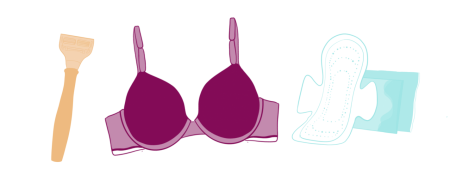
Come middle school, those lessons faithfully delivered to us in fifth grade materialized. Puberty hit us like a truck — girls wearing tight sports bras to hide the hints of curves to come, boys scratching their uncomfortable peach fuzz and itchy, red acne peppering all of our foreheads. Awkwardness, it seemed, was our second language, from the brace-faced smiles to the ill-fitting clothes.
And of course, there were the awkward conversations.
Borne out of puberty was a sudden infatuation with conversations about our bodies. We talked about periods, sore breasts, shaving our legs and the dread of standing up after sitting for too long, unsure if period blood had penetrated through an unlucky pair of jeans.
The boys, however, seemed concerned with only one thing: masturbation. They talked about how often they did it and how good it felt. When we finally gathered the courage to ask, they explained to us that boners were not under their control and could occur anywhere from in the middle of a math test to while stretching before soccer practice.
Their favorite topic, however, seemed to be pornography. Porn was their new obsession, a secret that they kept under the disguise of an incognito window, somehow always narrowly avoiding being caught by their parents. Despite the embarrassment at home, the boys seemed to have no desire to hold back when they discussed porn at school. They (referencing primarily the cis straight men population) discussed their favorite pornstars, their favorite female body parts, their favorite types of videos. But when they turned their heads to ask us if we’d ever logged onto one of those websites, we’d shake our heads furiously, terrified at being associated with such a shameful notion.
“I’ve never watched porn,” we’d tell them and each other and ourselves. “And I’ve never masturbated. I wouldn’t even know what to do.”
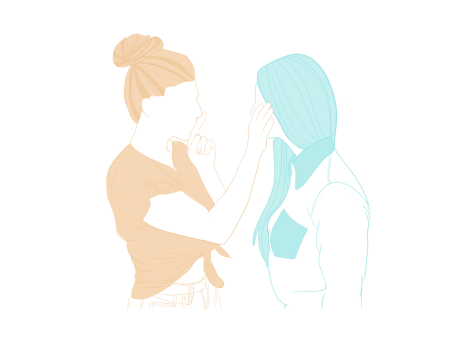
Honey Glazed Donuts made a reappearance during our freshman year of high school.
We’d matured, albeit slightly, so the frequency of whispers reduced, as did the awkwardness. We laughed as we struggled to haphazardly fit an oily condom onto a cucumber, cracking jokes and making plans to go to CVS for our scavenger hunt; for some of us, the trip would be our first ever glimpses at condoms, birth control pills, Plan B’s — terms that had started to feel less foreign.
And yet, still no mention of female masturbation.
Three years had passed since the word had first started floating around in our fifth grade hallways, but surely the rules hadn’t changed — girls still weren’t allowed to do it, right?
But adhering to these “rules” didn’t eliminate our incessant curiosity about masturbation. If we were to, say, break these rules, what would we even do? We considered asking in the Anonymous Question Box sitting atop the front table of our biology classrooms, even jotting down these questions — quickly, of course, so no one would see — and walking down the aisle ready to drop it in.
Only we didn’t. We changed our minds, crumpled up the piece of paper and threw it away.
Isn’t that what they call the persistence of internalized misogyny?
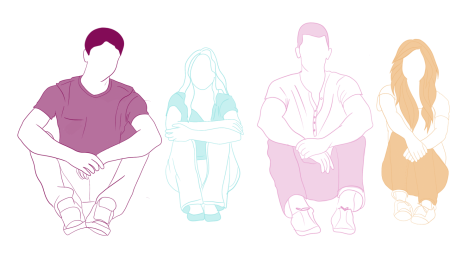
It took us until junior year to discard these “rules.” We started to have opinions about, well, ourselves. What our passions were, what our beliefs were, who we were as people and who we wanted to become. And, in contrast to what Honey Glazed Donuts had failed to mention, the tie between pleasure and our bodies.
The conversations about masturbation morphed from rigid denial — the “No”s and the “I would never”s — to more open conversations about anything and everything, from laughing at each other for not being able to find the clitoris to realizing that vibrators exist. And yet, these conversations were still infrequent, abruptly silenced in the presence of anyone outside our closest female friends.
Isn’t that what they call — you guessed it — internalized misogyny?
Because denying the existence of female masturbation perpetuates rape culture. Because conditioning women to believe that their bodies are machines built to fulfill patriarchal notions perpetuates rape culture. Because deluding women into believing that their bodies are not theirs to derive pleasure from perpetuates rape culture.
It is disappointing that we need to “reclaim” control of our bodies — why wasn’t it there to begin with?
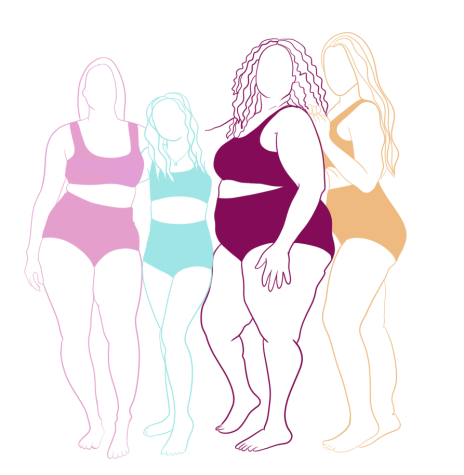
Masturbation is normal. Masturbation is healthy.
According to Planned Parenthood, masturbation can reduce stress, relieve sexual tension and improve body image. Neglecting to teach girls about something so natural from a young age exacerbates the shame that society perpetuates about female bodies. Neglecting to teach young women that their bodies and their pleasure belongs to themselves is a fundamental failure of the education system — it perpetuates rape culture, teaching children that sex and pleasure belong to men alone.
The “orgasm gap,” according to NBC News, refers to the disparity that exists in the average number of orgasms experienced by men and women in sexual encounters — while heterosexual men typically orgasm 95% of the time, heterosexual women do so only 65% of the time, according to a 2016 study of 52,500 U.S. adults.
Masturbation is the safest form of sexual exploration and allows individuals to better understand their bodies and sexual preferences. If people with vaginas are not taught about masturbation, or if they are taught to believe that it is shameful, they will never learn how to please themselves sexually. Thus, we have the orgasm gap — the coalescence of the shame, embarrassment and neglect of women’s bodies that materializes in the form of a disparity in the pleasure that heterosexual women feel.
The stigmatization of the female body permeates every aspect of our lives — from pornography as an institution that capitalizes on the objectification of the female body for male pleasure to, ironically, the hesitation of us as writers to write this column alone; in some ways, writing with a friend is a way to preserve a sense of anonymity and avoid stigma and shame. In order to destigmatize the female body and end rape culture, the female body needs to stop being treated as a shameful, erotic fantasy. Girls need to learn that those detailed anatomical diagrams of their vaginas are a map that will teach them the biological workings of their pleasure, because sex is as much for women as it is for men. Only until our education system stops being ashamed of female masturbation will there be societal acceptance.
Masturbation is normal. Masturbation is healthy.
It’s time we start acting like it.

